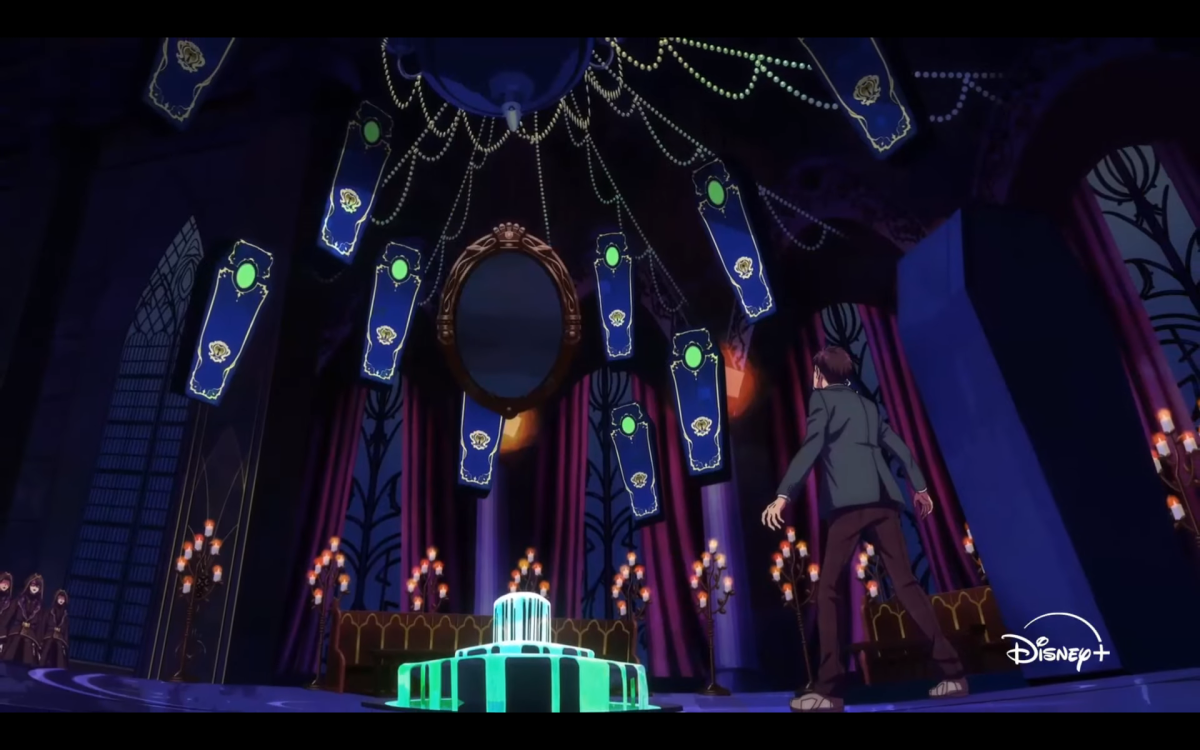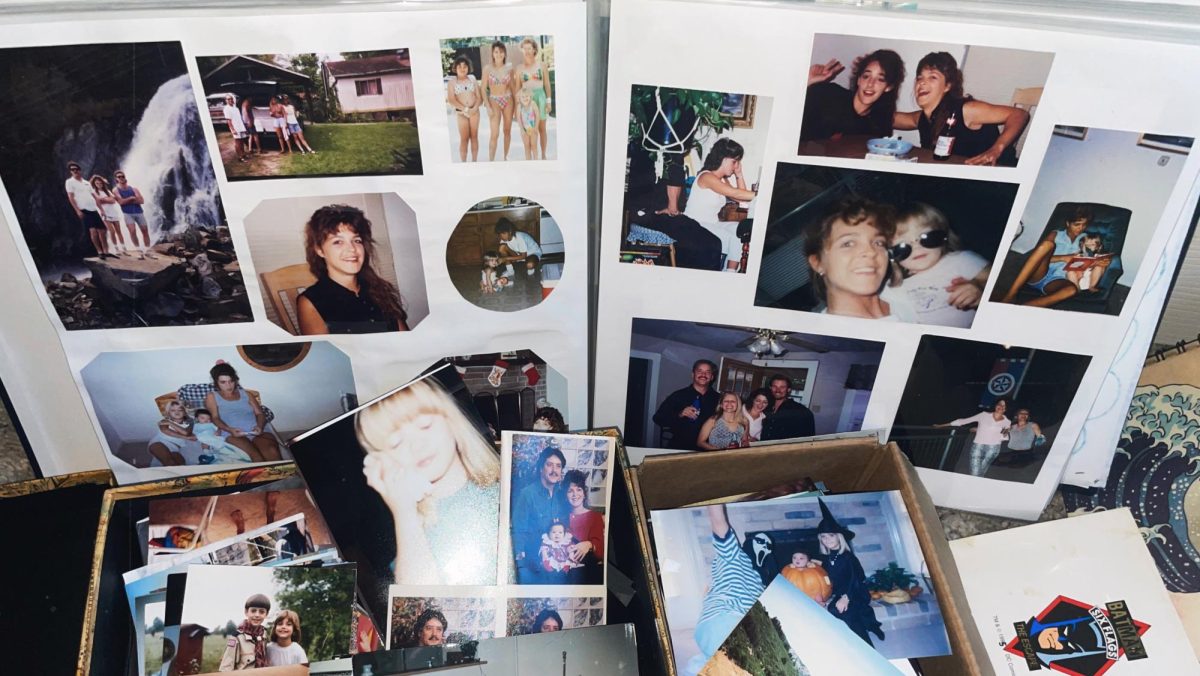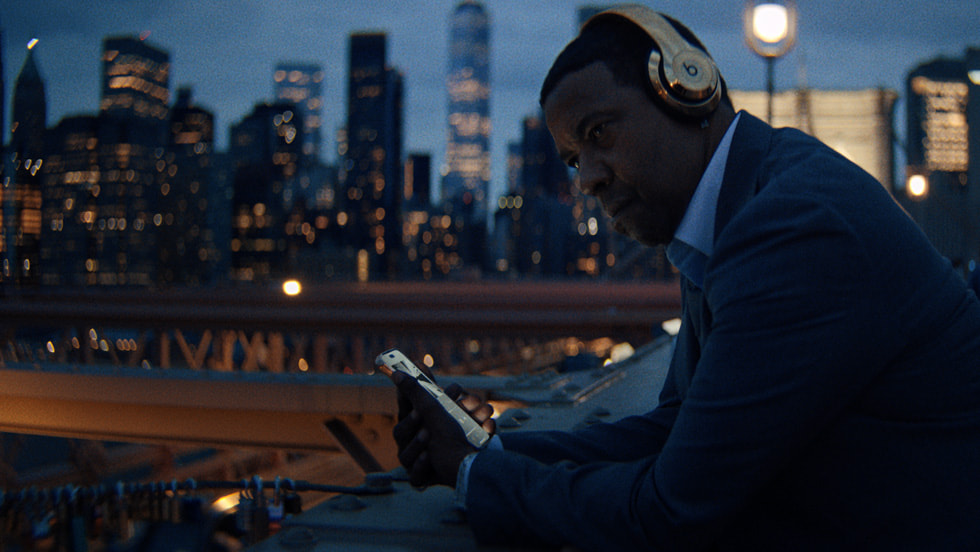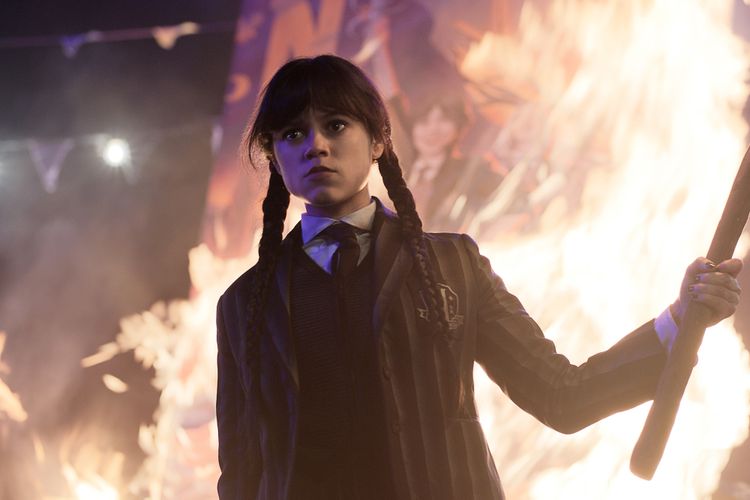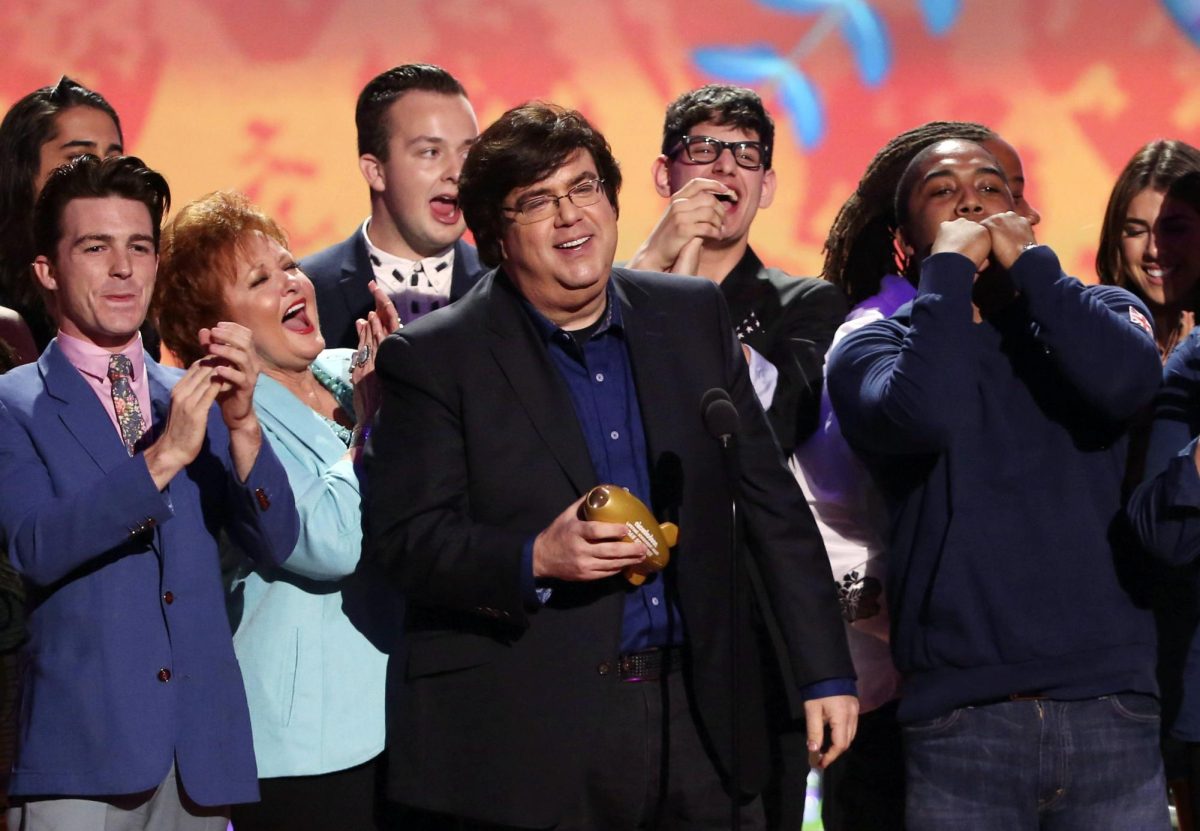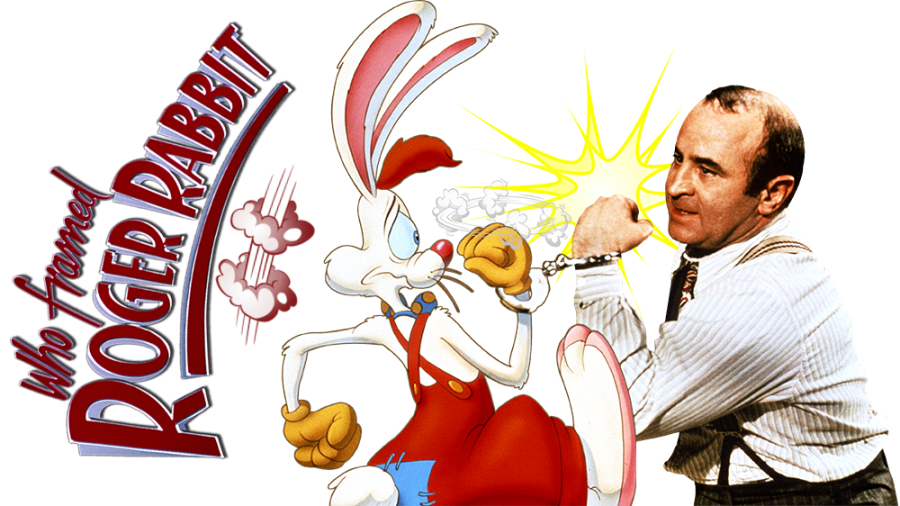In Retrospect: A look back at Who framed Roger Rabbit
November 22, 2016
The story should be familiar by now. We all know about the joint film, released by Disney and Warner Bros. in 1988, by Bob Zemekis and Steven Spielberg. Roger Rabbit tells the story of a private detective living in a world in which cartoon characters are real and live right alongside humans and how the main character (played by the late, great Bob Hoskins) is drawn into a web of intrigue involving the titular rabbit and his femme fatale wife in a send up of the L.A. Noir mystery genre.
Why does it last, though? There has to be something that keeps certain members of the audience going back to films as old as Citizen Kane despite their age. If stories like Beowulf or Huck Finn can hold their own with the changing times, then part of the reason has to be that their narratives contain something that has the potential to speak to an audience in a meaningful way. I think Roger Rabbit is a films that has something to say. It’s possible that one of the ideas hidden in the reels of this film, is hiding in plain sight.
Throughout the film Hoskins is forced to make his way through a labyrinthine setting with a glaring contradiction at its center. The fact is, we’re seeing a world in which cartoon characters are real and no one is excited or in wonder about it. It’s the kind of place where, if Bugs Bunny walks down the street, all anybody would do is either toss him a dime or barely give him the time of day. This behavior in the film is often cited as a commentary on racism. While this take is certainly true it doesn’t mean, there is no other level of meaning going on at the same time.
In addition to the question of race, another topic the film addresses is the role and place of imagination in modern life. At its heart, Roger Rabbit is a film about alienation and imagination. A suggestion could be made that the same alienation that makes people denigrate art is the same one that make us discriminate against other people. This is not to say that the value of art is higher than that of human life. In the long run, the value of a single human life will always have a greater worth than any work of fiction. The point is just that the alienation that causes the characters to treat art as valueless is the same one that makes them treat others as second-class citizens.
This dilemma is neatly summed up in the story’s main character. If most of the humans in the world of Roger Rabbit carry a prejudice towards cartoon characters then, Eddie Valiant is different in that he is forced to look at the coin from both sides. At the beginning, Eddie is a cynic with a clear distrust of Toons. As the film unreels we learn more of his backstory, and how he used to be before events off camera turned him so bitter. The Eddie before the start of the film was a man in touch with his imagination. Because of this, he was a natural ally of cartoon characters. The heart of the film is Eddie slowly regaining that same creative spark as the case deepens and the clues all begin to add up. He’s helped along in this by Roger, who is a cartoon himself. Serving as a natural foil to Eddie’s disappointment and bitterness, Roger draws the detective along the breadcrumb trail of clues while always chipping away at his prejudices until at last the gumshoes begins to open up and confide in him.
This is never pleasant process. In overcoming his prejudice, Eddie winds up having to face his own demons, both figuratively and literally. The film seems to be suggesting that all it takes to turn a human being into an unimaginative bigot is to throw enough roadblocks and curveballs in the way until you’ve broken them. Given the right application of pressure here or there, it may be possible to make a human either a devil or a saint. If these ideas correspond to anything in real life, then it takes guts for filmmakers to acknowledge and portray both the light and the dark aspects of life in what is ostensibly a film for kids.
Ultimately, while Roger Rabbit is a noir film, it can’t bring itself to just throw in the towel. Like most stories of this type, it takes its audience and the characters along a stygian journey of self-discovery, yet at the end, it is willing to admit some light at the end of the tunnel. The fact that a decade old film can still retain so many fans means it must be doing something right.















